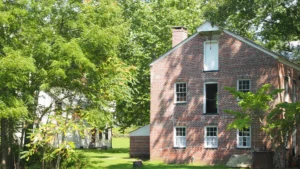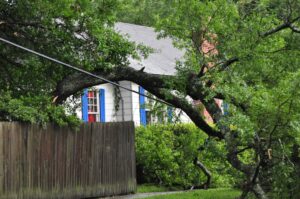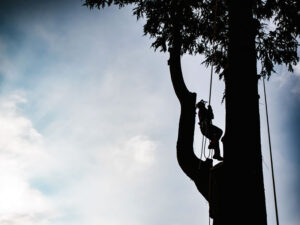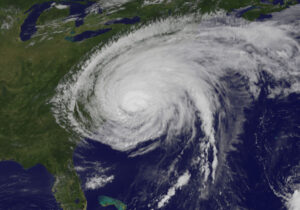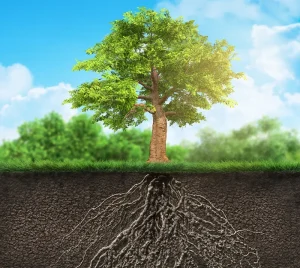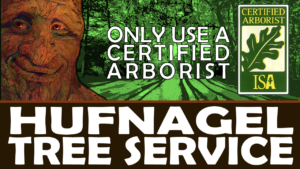In This Article ...
Certified Arborist Care for Freehold Trees
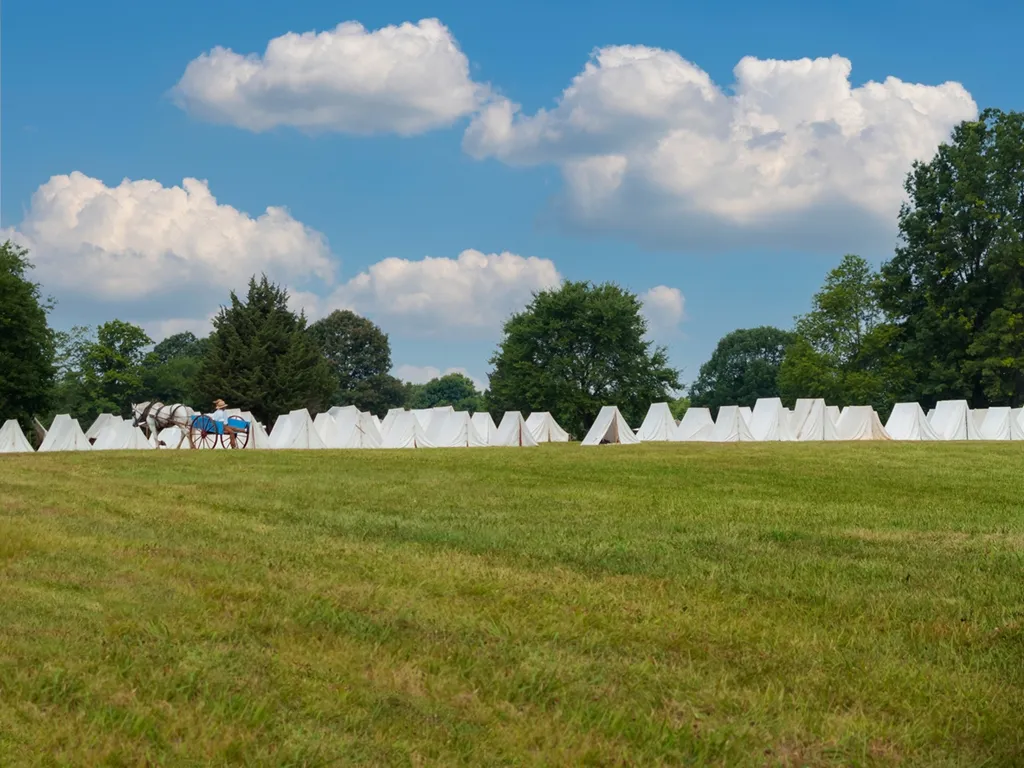
In Freehold, NJ, trees frame our streets, shade our parks, and enhance the beauty of neighborhoods from Stonehurst to Raintree. They also stand near the grounds where history comes alive each June during the annual Battle of Monmouth reenactment at Monmouth Battlefield State Park. Co-sponsored by the Friends of Monmouth Battlefield and the State of New Jersey, this weekend event draws hundreds of reenactors who set up camp, recreate key moments from the 1778 battle, and offer presentations, lectures, and tours for the public. As a certified arborist with over 25 years serving Monmouth County, we understand how deeply our landscapes are connected to the area’s heritage. Whether you live near the old Freehold Raceway (it was the oldest racetrack in the United States when it closed in ’24), along the quiet lanes of East Freehold, or close to Turkey Swamp Park, our team at Hufnagel Tree Service brings the expertise and equipment needed to keep your trees strong, safe, and thriving year-round. With more than 200 five-star Google reviews, we’re proud to be the trusted choice for professional, locally informed tree care.
Tree Storm Preparation: Prepare for Hurricane Season Storms
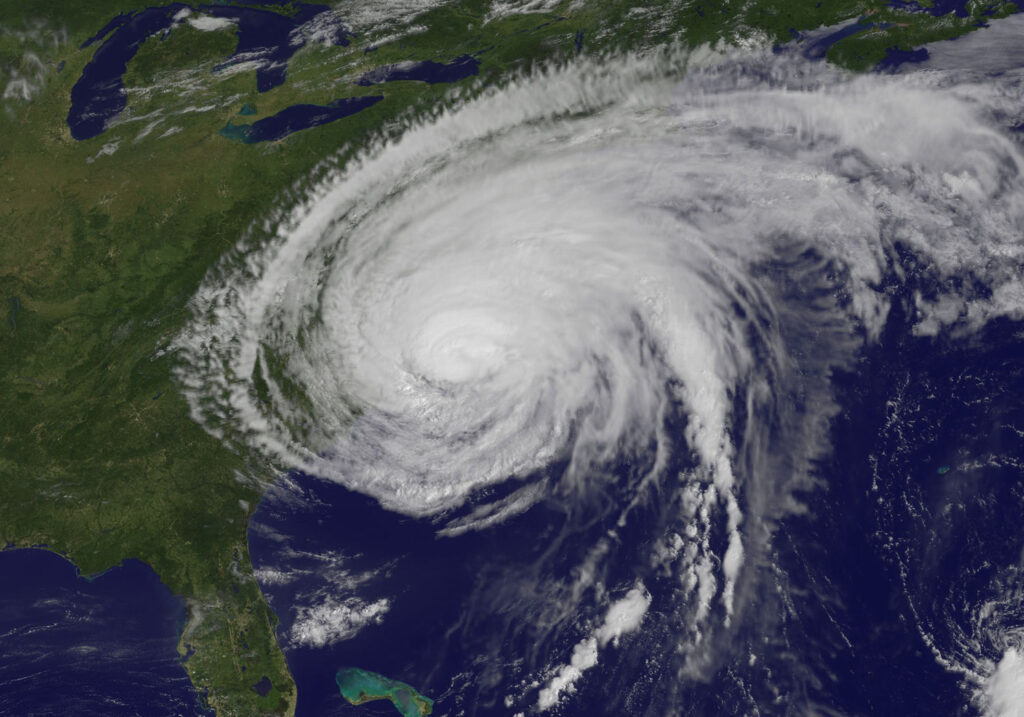
Hurricane season in Freehold may only last a few months, but the threat to trees can be felt year-round. When late summer winds push inland, they test every weak branch, shallow root, and unstable canopy. We start preparation with a detailed inspection of your property, identifying risks before they become emergencies. This includes checking branch structure, root health, and the tree’s proximity to your home, driveway, and utilities.
Our storm prep service focuses on prevention. By thinning dense canopies, removing deadwood, and balancing limb weight, we reduce the likelihood of breakage. In areas near Manalapan Brook or low-lying parts of West Freehold, we also consider soil saturation, which can weaken root anchoring during heavy rain.
To see why preparation matters, it helps to watch real weather in action. Below are two live tracking widgets monitoring Hurricane Erin, giving you a clear view of current wind patterns and storm activity that can threaten trees here in Freehold.
Strong winds are one of the most common causes of tree-related property damage in Freehold and throughout Monmouth County. When gusts pick up, heavy limbs or entire trees can topple, especially if the ground is saturated from recent rain. Older trees, those with shallow root systems, or those already weakened by disease are the most likely to fail. The force of the wind doesn’t just push on the branches — it acts on the entire canopy like a sail, putting immense strain on roots and trunks.
When a tree blows over onto a house, the results can range from minor roof damage to major structural compromise. Broken rafters, shattered windows, and punctured siding are common, and if the tree breaches the interior, water damage often follows. Emergency response becomes a race against time to stabilize the home and remove the tree without causing further harm. In our years of storm cleanup, we’ve seen how quickly a single wind event can turn into a costly insurance claim.
Preventive care is the best defense. By trimming to reduce canopy density, evaluating root health, and removing hazardous trees before storm season, we drastically reduce the risk of windthrow. Even in high-wind events, a well-maintained tree is far less likely to fall. For homeowners, staying proactive with annual tree inspections means avoiding the disruption, expense, and danger that comes when a storm turns your trees into hazards.
Species matter in storm prep. Oaks, maples, and ornamental cherries common in Freehold all respond differently to high winds. We adjust our approach for each, reinforcing where possible and recommending removal only when absolutely necessary.
Timing is critical. The best results come when storm preparation is completed in late spring or early summer, long before a storm watch is issued. This allows for thorough work and healing time before stress from wind or rain sets in.
We’ve learned over decades that the best storm response is storm readiness. When your trees are prepared in advance, you avoid costly damage and keep your property safer through the season.
Quick Points on Storm Prep Success:
-
Schedule inspections before hurricane season for maximum protection.
-
Reduce branch density to lower wind resistance.
-
Factor in soil conditions for root stability.
-
Tailor care to each species for best results.
We prepare Freehold trees with precision so they can stand strong through hurricane season and beyond.
Year-Round Tree Trimming & Pruning for Safe, Healthy Trees
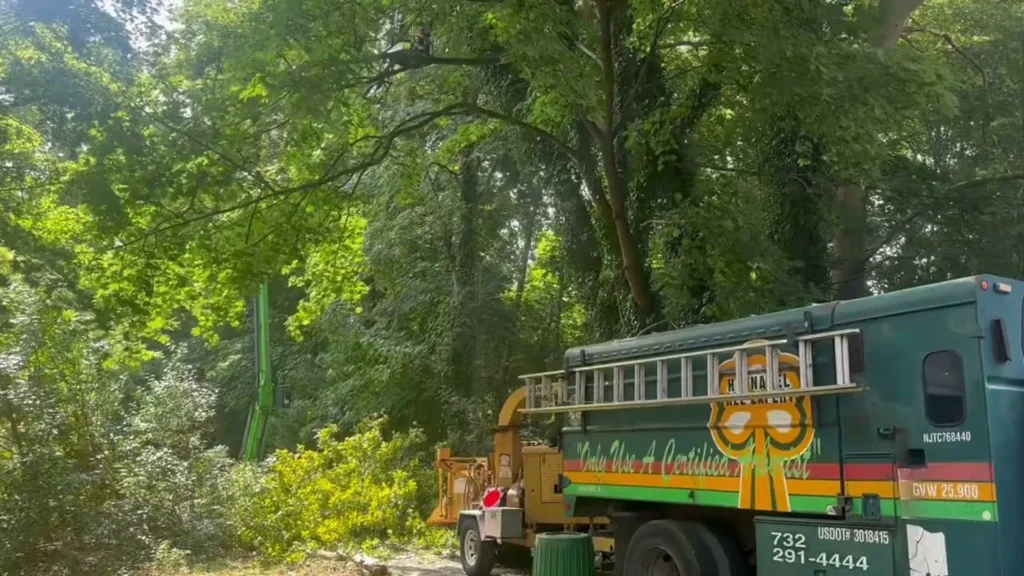
Trimming and pruning in Freehold is not just cosmetic. It is a key part of keeping your trees healthy and your property safe. We perform year-round trimming that aligns with each season’s growth patterns. In spring, we shape for structure and remove any winter damage. Summer trimming focuses on storm resilience and light balance, while fall and winter pruning help set the stage for new growth.
Safety is a priority. In neighborhoods like Poets Corner or Wynnefield, where homes are close together, we clear limbs from roofs, walkways, and power lines. This not only prevents storm damage but also improves the health of the tree by reducing strain on heavy branches.
We apply certified pruning standards to every job. That means no topping, no over-cutting, and no guesswork. Each cut is intentional, encouraging strong new growth in the right places. For young trees, we train branches early for a balanced shape. Mature trees receive selective thinning to prevent overcrowding.
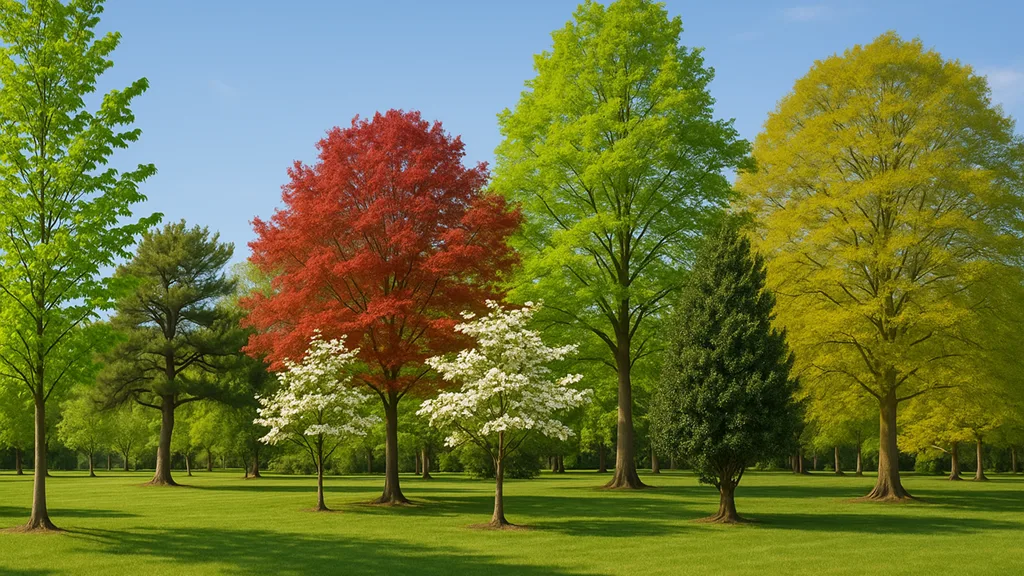
Freehold’s variety of species, from stately oaks to ornamental dogwoods, requires tailored care. Some need seasonal shaping to encourage blooms. Others benefit from careful weight reduction to prevent splitting. We have worked with them all and know exactly how to keep them looking their best.
A properly trimmed tree is healthier, more attractive, and far less likely to fail during storms. It is the kind of care that pays off every season.
Trimming Takeaways for Freehold Homes:
-
Prune with the season to support growth and structure.
-
Keep limbs clear of homes, roads, and utilities.
-
Avoid harmful topping or over-cutting.
-
Customize trimming for each species’ needs.
Our year-round trimming keeps Freehold trees beautiful and storm-ready in every season.
Tree Risk Evaluation
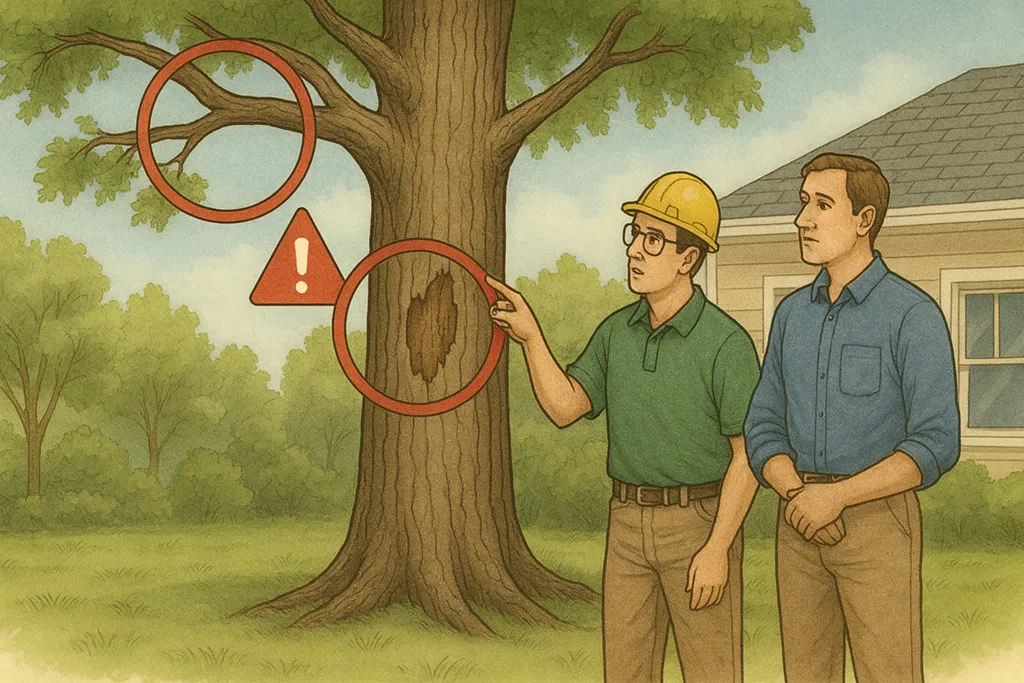
Some tree hazards are obvious, but many remain hidden until it’s too late. That’s why our tree risk evaluations in Freehold combine expert visual inspection with advanced assessment tools. We look for signs such as trunk cracks, fungal growth, root lifting, and cavities that could compromise structural integrity.
Older neighborhoods with large, mature trees — like downtown Freehold — can have roots that extend under sidewalks or close to foundations. We evaluate how these structures impact stability and safety. Soil type also plays a role; the clay-heavy areas of East Freehold can loosen more easily after rain, increasing the risk of uprooting.
Our certified process follows industry best practices, sometimes using tools like resistographs to detect internal decay without damaging the tree. We also consider canopy weight distribution and how surrounding trees may shield or stress the subject tree.
Risk evaluations aren’t just about identifying problems — they’re about finding solutions. Many trees can be stabilized through pruning, cabling, or targeted root care, extending their lifespan without compromising safety.
With a full risk report in hand, you can make informed decisions about whether to preserve, reinforce, or remove a tree. That knowledge can save property, protect lives, and preserve the character of your landscape.
Key Risk Evaluation Benefits:
-
Identify hazards before they cause damage.
-
Assess soil, root, and structural stability.
-
Recommend preservation whenever possible.
-
Provide a clear plan for safety and maintenance.
We help Freehold property owners understand their trees so they can protect their homes and loved ones with confidence.
Tree Restoration
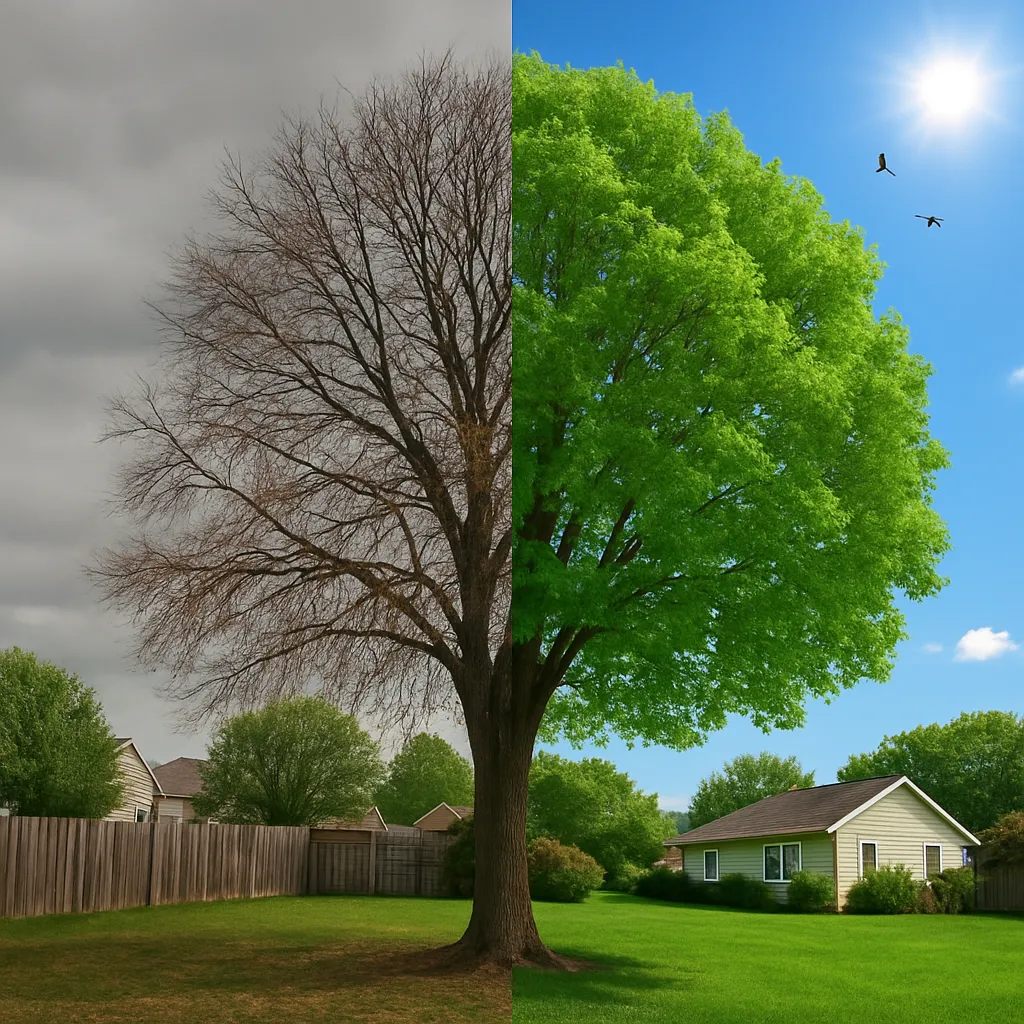
Not every declining tree is beyond saving. Our tree restoration services in Freehold are designed to bring stressed or damaged trees back to health when conditions allow. We start by diagnosing the cause of decline — soil compaction, nutrient deficiency, insect damage, or improper pruning are all common factors here.
Once the cause is identified, we create a customized tree restoration plan. This may include soil aeration, targeted fertilization, pest management, and corrective pruning. For example, in areas near Freehold Township’s sports complexes where soil is compacted from heavy foot traffic, aeration can make a dramatic difference in root health.
Restoration is a process, not a quick fix. We monitor progress through seasonal visits, adjusting care as the tree responds. Some species recover quickly; others require multi-year plans to regain strength and stability.
Freehold’s mix of historic and ornamental trees makes restoration especially rewarding. Preserving a decades-old oak or a cherished flowering cherry adds value to a property and preserves neighborhood character.
Our goal is always to save a tree when it’s safe and viable to do so. Restoration is often less expensive and more environmentally beneficial than removal.
Restoration Highlights:
-
Diagnose the exact cause of decline.
-
Apply targeted soil, nutrient, and pest treatments.
-
Correct previous poor pruning or damage.
-
Preserve valuable mature trees whenever possible.
We restore Freehold’s trees with proven methods that bring lasting health and renewed beauty.
Tree Removal for Damaged or Unsafe Trees
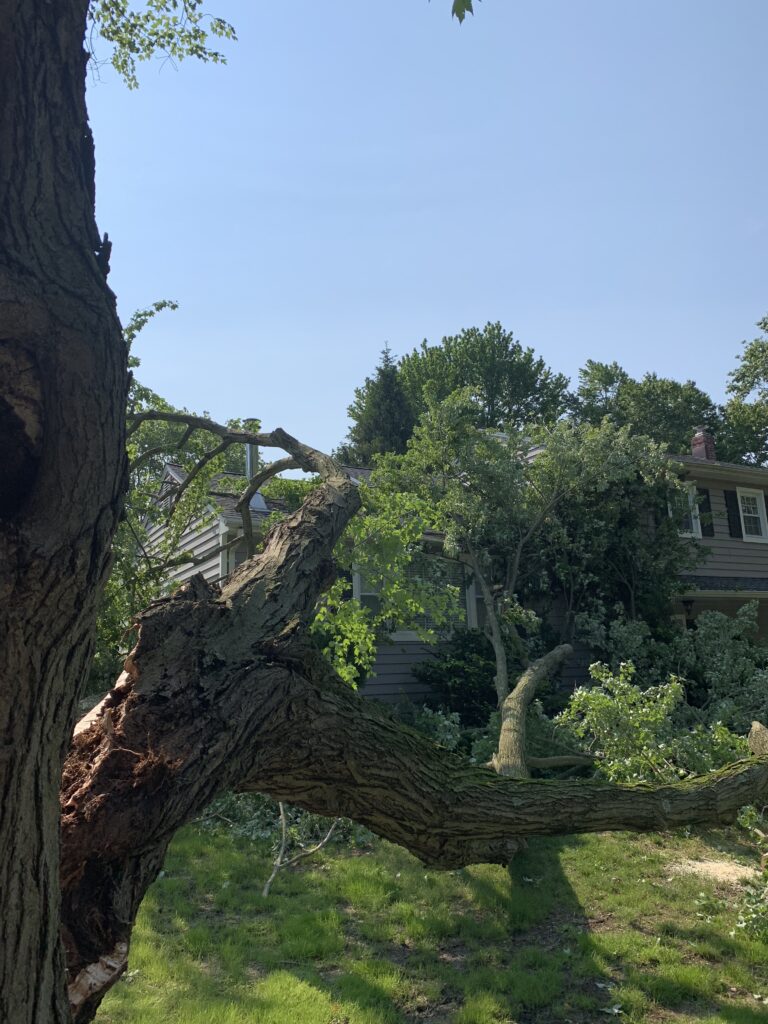
When a tree in Freehold becomes too damaged or unsafe to keep, removal is the only responsible choice. We approach removal with careful planning, especially in tight spaces or near structures. Our crews are trained to dismantle trees section by section, using ropes and cranes to control every cut.
In storm-damaged situations, quick action is essential. Limbs weakened by wind or ice can fail without warning, threatening homes, vehicles, and power lines. We prioritize emergency removals in hazardous situations, keeping people and property safe.
We also handle planned removals for trees that are diseased beyond treatment, crowding other plants, or interfering with new construction. Each job includes a safety assessment, equipment selection, and disposal plan tailored to your property.
Species size, wood density, and site access all affect how we remove a tree. In neighborhoods like Colts Pride or near downtown where access is limited, we use specialized equipment to minimize disruption.
While removal is never our first recommendation, it’s sometimes the only way to protect your landscape’s overall health and safety.
Tree Removal Essentials:
-
Safe, controlled dismantling near structures.
-
Emergency service for storm-damaged trees.
-
Full debris cleanup and disposal.
-
Minimal disruption to surrounding property.
We remove unsafe trees in Freehold with precision, care, and a commitment to safety from start to finish.
Schedule Service
From precision pruning and safe removals to health assessments and preventative care, Hufnagel Tree Service delivers expert solutions backed by decades of experience. We offer certified insight, fair pricing, and a commitment to doing what’s best for your landscape.
Take Advantage of These Special Offers:
10% OFF
Tree Service Over $100
15% OFF
Tree Service Over $250
20% OFF
Tree Service Over $500
Learn More About Our Services
Related Articles
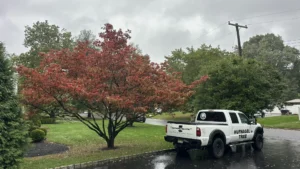
Tree Trimming Experts in Leonardo: True Arborists, Amazing Results
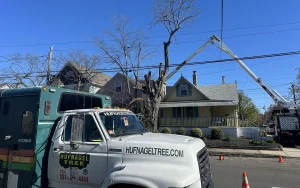
#1 Rated Tree Service in Middletown: Your Hometown Experts
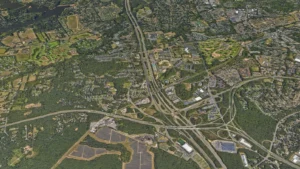
Best Tree Service in Tinton Falls, NJ: Local Experts, Safer Trees
